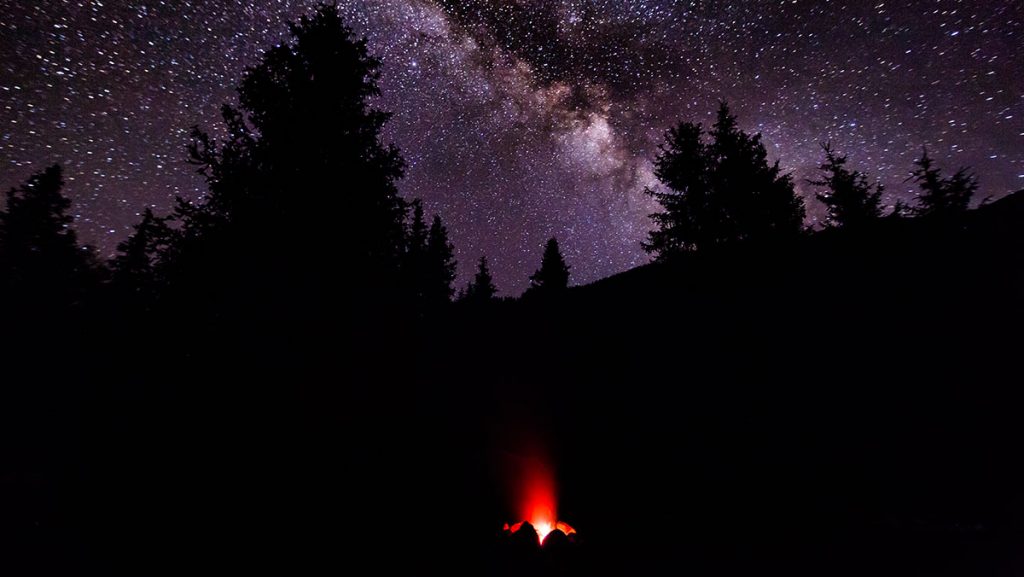
Rapid-Burned Area Mapping (R-BAM) : satellite technology for supporting wildfire response and recovery efforts workshop.
This workshop has been canceled. If you would like to know more about R-BAM, do not hesitate to contact Jean-Simon Michaud (jsmichaud@hatfieldgroup.com) at Hatfield Consultants.
Over the last three years, Hatfield Consultants collaborated with wildfire management agencies in Canada to develop tools using satellite Earth observation technologies to support wildfire response and recovery activities. The Rapid-Burned Area Mapping (R-BAM) algorithm, developed by Hatfield, uses Sentinel-2 satellite data coupled with machine learning analytics to delineate fire perimeters and identify active fires. Following tests with the BC Wildfire Service during the record 2017 and 2018 wildfire seasons, Hatfield released the R-BAM algorithm to all Canadian wildfire agencies at no cost (Hatfield news release).
The R-BAM algorithm uses the point location and date of a detected fire (e.g., hotspot detection from MODIS/VIIRS) and automatically downloads and processes multi-spectral Sentinel-2 satellite images. Image processing, machine learning, and geoprocessing are used to provide maps and geospatial data of the burned area, fire perimeter, and active fire. The R-BAM algorithm is written in Python and deployed in a Docker container.
R-BAM was developed with the support of the Canadian Space Agency (CSA) Earth Observation Application Development Program (EOADP).
For information on more workshops, visit our Workshops and Affiliated Meetings page.
